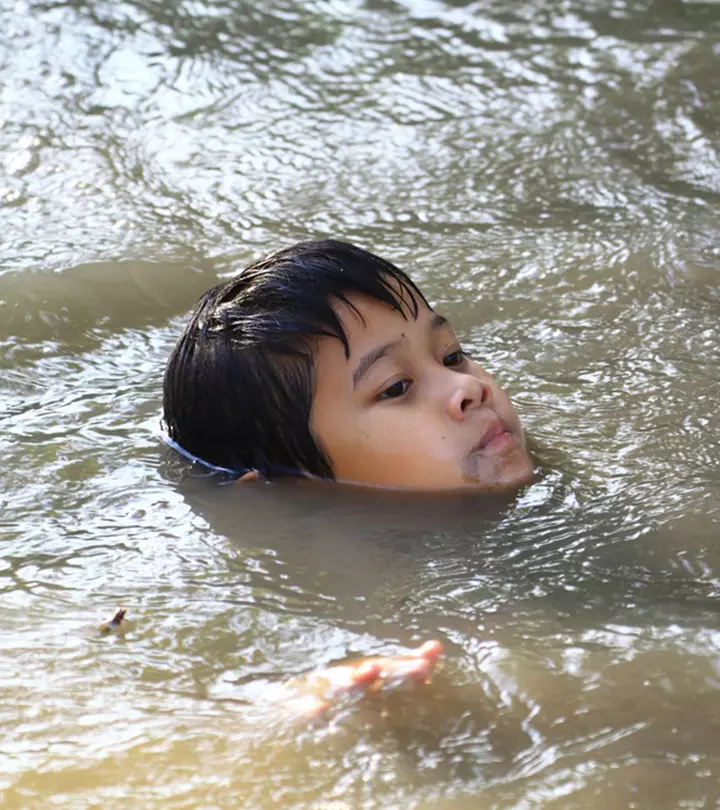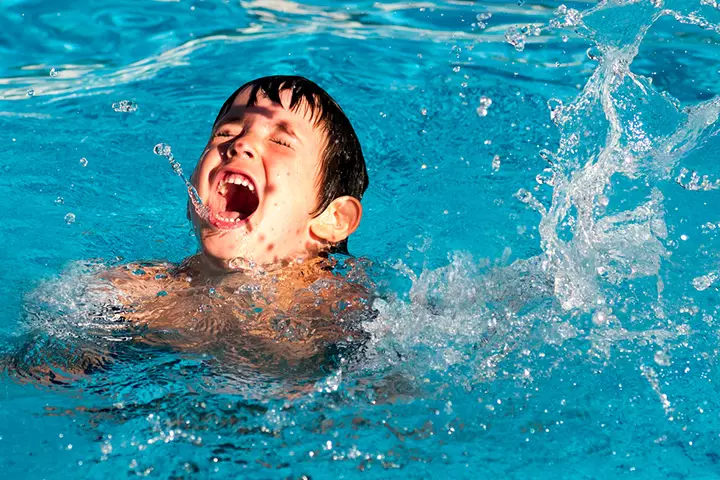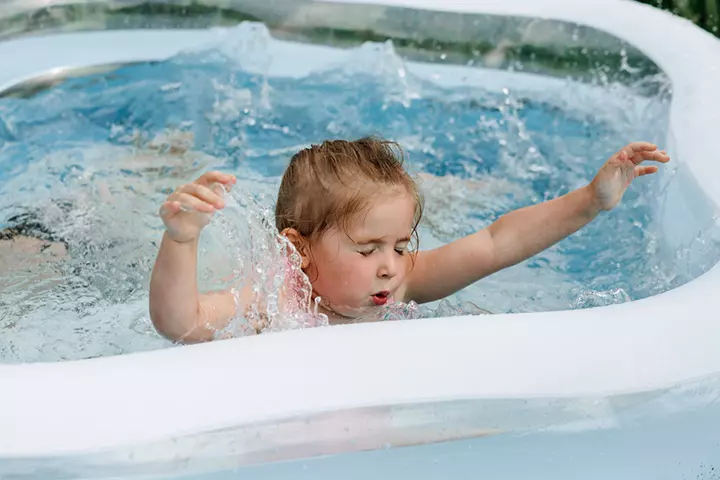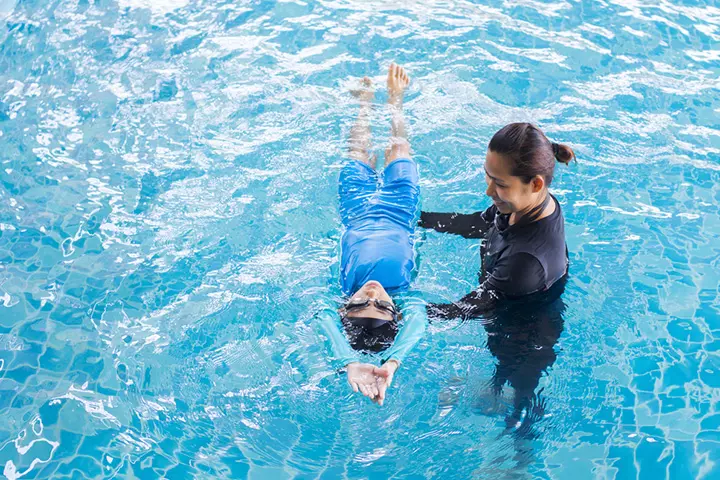
Image: Shutterstock
Welcome to the informative article on dry drowning, a condition that can pose risks to swimmers of all ages. While it may sound unfamiliar, understanding dry drowning is crucial for maintaining water safety and protecting your loved ones. In this article, we will delve into the details of dry drowning, including its definition, symptoms, treatment options, and prevention strategies. By gaining knowledge about this condition, you will be better equipped to ensure the well-being of yourself and those around you in aquatic environments. Read on to know all the important information!
- What Is Dry Drowning?
Image: Shutterstock
Dry drowning, also referred to as secondary drowning or delayed drowning, is a condition that may occur when water enters the airway during submersion but doesn’t immediately show symptoms. Rather, the consequences of the water in the lungs gradually manifest and can result in respiratory distress. It’s important to note that dry drowning can happen in various water environments, including swimming pools, lakes, or even during bath time.
- Recognizing Dry Drowning Symptoms
Image: Shutterstock
Being able to identify the symptoms of dry drowning is crucial for early intervention. Common signs and symptoms may include:
1. Persistent Coughing
A continuous cough that persists after leaving the water can be an indication of water in the airway.
2. Shortness Of Breath
Difficulty in breathing or rapid breathing may suggest a compromised respiratory system.
3. Chest Pain
Chest discomfort or pain may be present due to the strain on the lungs caused by water inhalation.
4. Fatigue And Lethargy
Feeling excessively tired or exhibiting a lack of energy can be a symptom of dry drowning.
5. Changes In Behavior
Irritability, confusion, or a sudden change in mood may occur as a result of oxygen deprivation.
6. Blue-Tinged Skin Or Lips
A bluish coloration of the skin, particularly around the lips, can indicate inadequate oxygen supply.
- Seeking Timely Dry Drowning Treatment
Image: Shutterstock
If you suspect dry drowning in yourself or someone else, seeking medical attention is vital. Prompt intervention can prevent further complications and ensure the individual receives appropriate care. The healthcare professional will assess the symptoms, conduct a thorough examination, and may order additional tests, such as chest X-rays or blood tests, to evaluate the condition. Treatment options for dry drowning may include:
1. Oxygen Therapy
Administering supplemental oxygen to restore oxygen levels in the body.
2. Continuous Monitoring
Monitoring vital signs, such as heart rate and oxygen saturation, to assess the individual’s condition.
3. Intravenous Fluids
Providing intravenous fluids to maintain hydration and support overall recovery.
4. Hospital Observation
In some cases, the healthcare provider may recommend hospital admission for close monitoring and further treatment.
- Preventing Dry Drowning: Safety Measures And Precautions
Image: Shutterstock
Prevention is key when it comes to dry drowning. By following essential safety measures and taking precautions, you can significantly reduce the risk of this condition. Consider the following guidelines:
1. Stay Hydrated And Rested
Staying hydrated and well-rested can contribute to overall water safety. Dehydration and fatigue can increase the risk of accidents and may compromise the body’s ability to respond effectively in water-related situations. Ensure that you and your loved ones are adequately hydrated before engaging in any water activities and prioritize getting enough rest to maintain alertness and coordination.
2. Be Mindful Of Water Quality
Be cautious of water quality when swimming in natural bodies of water. Polluted or contaminated water can pose health risks, including respiratory issues. Stay informed about local advisories and avoid swimming in areas with known water quality concerns.
3. Educate And Communicate
Image: Shutterstock
Educating yourself and others about water safety is crucial in preventing incidents of dry drowning. Stay informed about the latest guidelines and recommendations regarding water safety, and communicate them to your family, friends, and community. By fostering a culture of awareness and responsibility, you can contribute to a safer aquatic environment for everyone.
4. Regular Maintenance Of Pool And Safety Equipment
If you have a swimming pool, ensure that it is properly maintained and meets safety standards. Regularly inspect and maintain pool equipment, such as pumps, filters, and safety covers, to minimize the risk of accidents. Additionally, keep safety equipment, such as life jackets and reaching tools, easily accessible near the pool area for emergency situations.
5. Promote Open Communication
Encourage open communication with your children and fellow swimmers about their experiences in the water. Create a safe space for them to express any concerns, discomfort, or unusual sensations they may have experienced during or after swimming. By fostering an environment of trust and open dialogue, you can address potential issues promptly and seek appropriate medical attention if necessary.
Remember, while dry drowning is a relatively rare occurrence, being informed and taking preventive measures can significantly reduce the risk and promote a safe water environment. By implementing these guidelines, staying vigilant, and prioritizing water safety, you can enjoy water activities with peace of mind, knowing that you are well-prepared to prevent and respond to any potential incidents. Let us know in the comments what preventive measures you follow to keep you and your family safe from dry drowning!

















